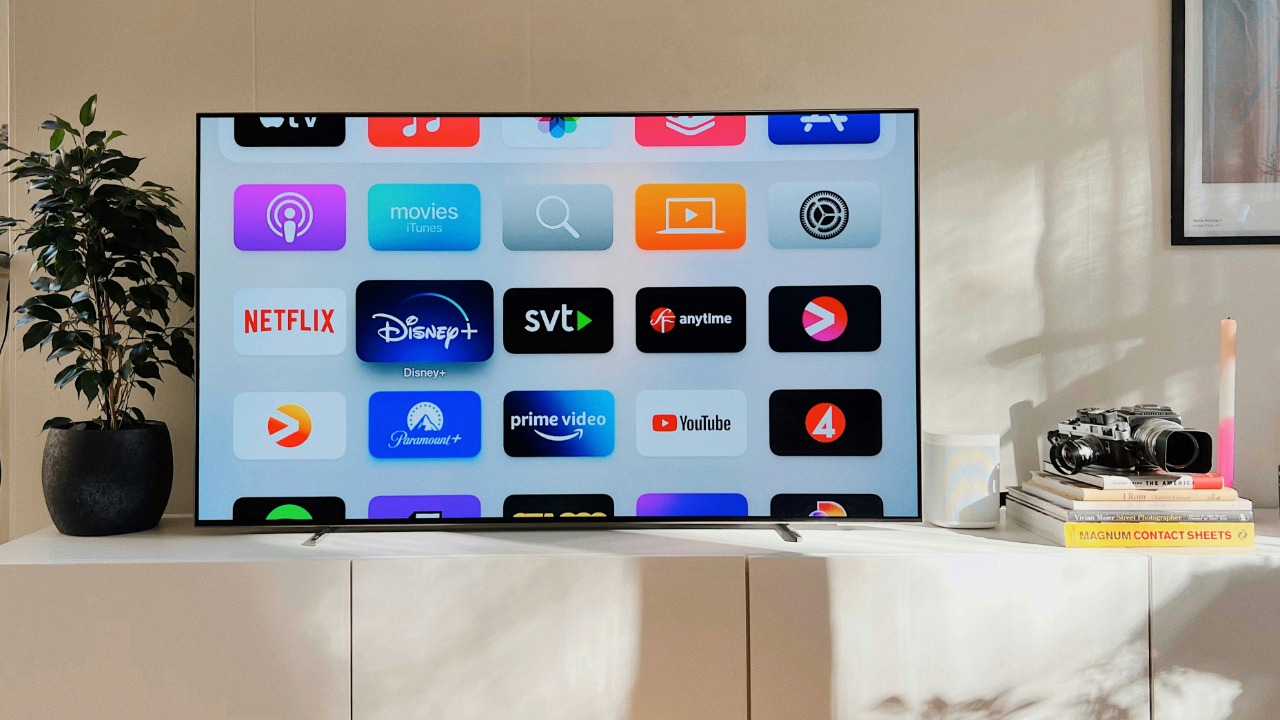
Recent warnings from the FBI have highlighted the potential for smart home devices, including televisions, to be involved in criminal activities, raising concerns about the extent of surveillance embedded in everyday entertainment systems. Major manufacturers like LG and Samsung have been noted for incorporating tracking features in their smart TVs, which collect user data often without explicit consent. As a result, guides are now available to help users detect signs of surveillance and block analytics on platforms like Android TV to protect their privacy.
Recognizing Signs of Smart TV Surveillance
Identifying whether your smart TV is monitoring your activities can be crucial for maintaining privacy. There are six key indicators to watch for, such as unusual network traffic patterns or advertisements that seem tailored to recent conversations. These signs can suggest that your TV is actively collecting data. To perform a basic check for data collection on any TV model, users should review the list of connected apps and examine microphone usage logs. This approach helps in spotting unauthorized data collection activities. The FBI has reported that compromised smart devices, including TVs, can enable unauthorized access, potentially linking them to criminal activities as noted by MassLive.
Understanding these risks is essential, as the implications extend beyond personal privacy to potential security threats. By recognizing these signs, users can take proactive steps to secure their devices. For instance, MakeUseOf provides a detailed guide on how to identify and mitigate these surveillance indicators, ensuring that users can maintain control over their personal data.
Checking Privacy Settings on Your TV
To safeguard against unwanted data collection, it’s important to regularly audit the privacy settings on your smart TV. Most smart TVs come with built-in privacy menus that allow users to manage voice recognition and data-sharing settings, which are often enabled by default. Accessing these menus and toggling off unnecessary features can significantly enhance your privacy. Additionally, verifying microphone and camera permissions is crucial. Users should ensure these features do not activate without explicit consent, as this could indicate unauthorized access.
Tech analyses have shown that hidden tracking scripts can be embedded in TV firmware, making it vital to stay informed about the tools and indicators that can help identify such scripts. PCMag offers insights into these verification processes, emphasizing the importance of regular checks to prevent data leaks.
Disabling Tracking on LG and Samsung TVs
For LG and Samsung TV owners, specific steps can be taken to disable tracking features. On LG models, turning off Automatic Content Recognition (ACR) and advertising IDs can prevent content viewing data from being sent to third parties. Similarly, Samsung TVs offer options to disable voice and usage reporting features, as well as opting out of personalized ad targeting through the settings app. These steps require manual intervention, as brand-specific privacy policies often default to data collection unless explicitly changed by the user.
Understanding these settings and how to adjust them is crucial for maintaining privacy. AppleInsider provides a comprehensive guide on how to stop tracking on these popular TV brands, ensuring users can take control of their data.
Securing Android-Based Smart TVs
Android TV platforms offer additional methods for blocking analytics and app permissions. Users can revoke internet access for non-essential services, effectively limiting the data that can be collected by manufacturers. Installing privacy-focused apps or VPNs tailored for streaming devices can also help mask viewing habits. These tools provide an extra layer of security, ensuring that personal data remains private.
Moreover, keeping firmware updated and utilizing router-level controls can further limit outbound data from Android TV ecosystems. BGR outlines these methods, highlighting the importance of a proactive approach to privacy in the digital age.
Broadening Protection for Smart Home Integration
The issue of TV spying extends to interconnected smart home setups, where vulnerabilities in one device can compromise the entire network. The FBI has warned that these vulnerabilities can enable broader surveillance, making it essential to secure all devices within a smart home ecosystem. One effective strategy is network segmentation, such as using a guest Wi-Fi network for IoT devices, which isolates TVs from other home systems and reduces the risk of data breaches.
Regular audits of all connected devices using manufacturer tools can help preempt data leaks across the ecosystem. By staying vigilant and informed, users can protect their privacy and security in an increasingly connected world. These measures, as highlighted by MassLive, are crucial for maintaining control over personal data in the face of evolving technological threats.
More from MorningOverview